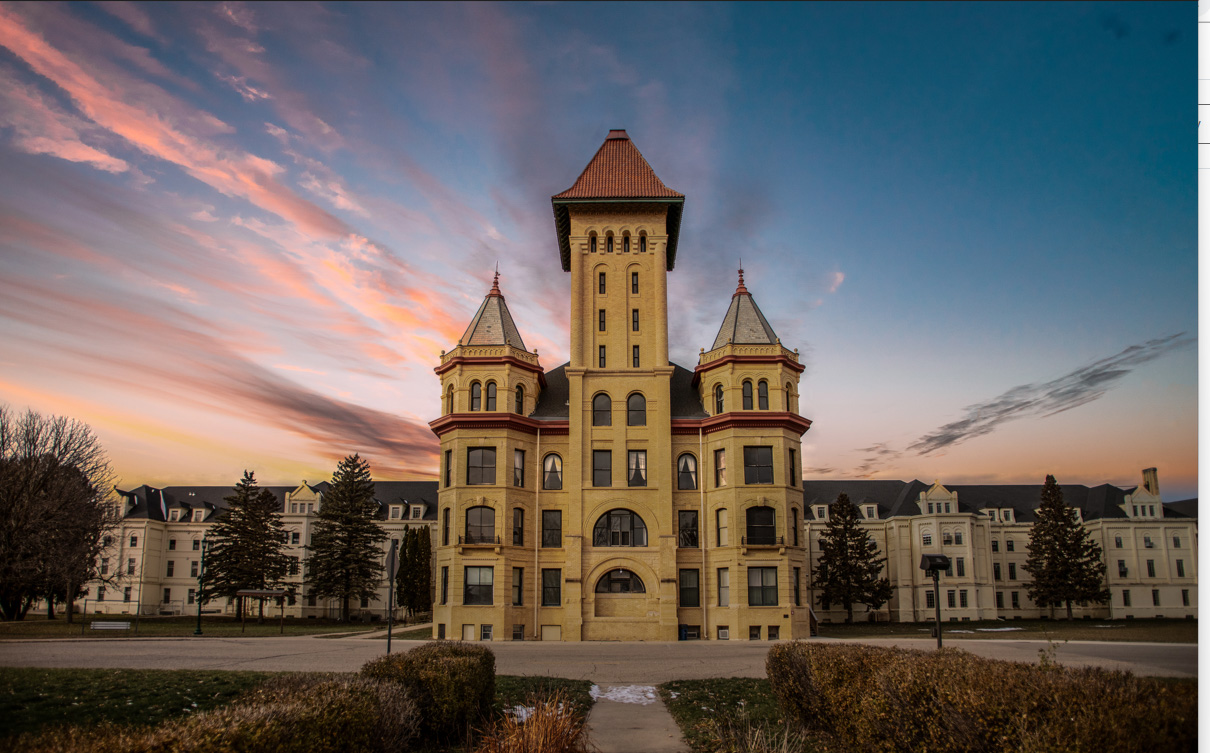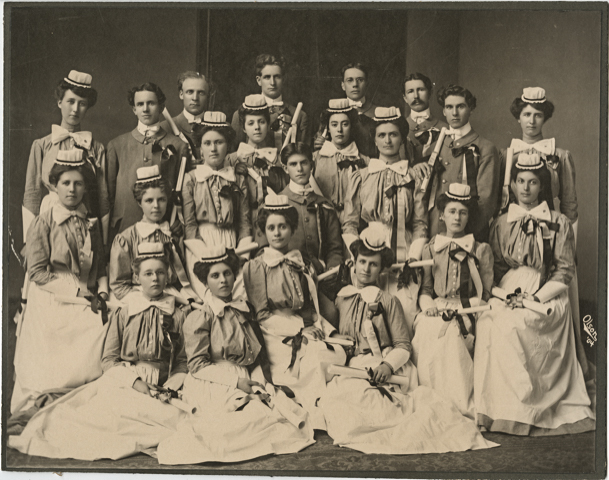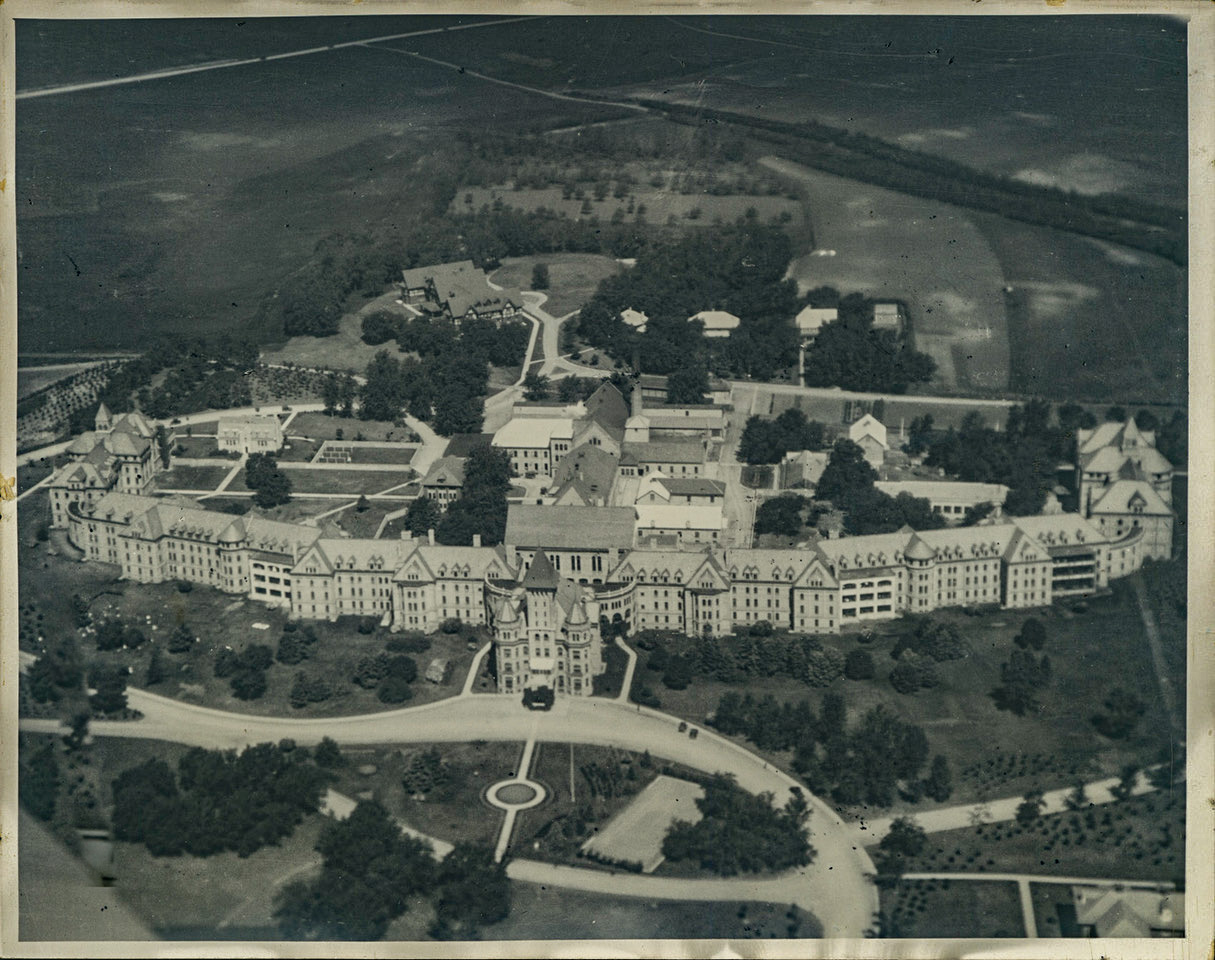
In the City of Fergus Falls, Minnesota, there lies a monumental piece of history—the Fergus Falls Regional Treatment Center. Once a bustling, self-sufficient community, this iconic institution played a significant role in the town's development and the lives of those who lived and worked there. To understand more about this unique chapter in Fergus Falls' history, I recently sat down with Chris Schuelke, the Executive Director of the Otter Tail Historical Society, for an in-depth conversation.
A Day in the Life
Imagine a place where over 1,800 patients and hundreds of staff lived together in a highly regulated environment, adhering to a strict schedule. As Chris Schuelke describes, "It was very highly regulated... because you were dealing with so many people with different needs." Life at the Treatment Center was meticulously planned, from the early morning wake-ups to the various therapeutic activities that filled the day.
"The patients would get up very early," Chris continues, "have their breakfast, and then perhaps spend some time in their ward before heading to work." Work was a crucial part of life at the Center, not just for the functioning of the institution but also as a therapeutic tool. Patients participated in various forms of occupational therapy, from working on the farm to learning practical skills like sewing and woodworking.
The Treatment Center was largely self-sufficient, boasting a fully operational farm that grew vegetables, grains, and even housed a dairy operation and livestock. "People were expected to do some work," Chris notes, emphasizing that this was not about slave labor but rather a part of the Kirkbride concept of moral management, which sought to rehabilitate patients through structured activity.
Building a Therapeutic Environment
One of the most groundbreaking aspects of the Treatment Center was its focus on occupational therapy, a concept that began with the efforts of Dr. George Welsh, the second superintendent, and his wife Phoebe. "It started with Mrs. Welsh's sewing circle," Chris recounts. "They taught female patients practical skills like sewing and knitting, and it was one of the first times that volunteers from the community were brought in to help."
This initiative quickly expanded, and soon the Center had a fully functioning workshop where patients made furniture, crafts, and other items that were sold to generate income for the hospital. The introduction of occupational therapy not only provided patients with valuable skills but also fostered a sense of purpose and accomplishment.
In addition to occupational therapy, the Treatment Center offered a wide range of cultural, social, and recreational activities. From regular dances and church services to baseball games and art therapy, the Center aimed to create a holistic environment that catered to the well-being of both patients and staff.
The Human Element
The Fergus Falls Regional Treatment Center was more than just a place of work or treatment; it was a community. Chris shares the story of Wally, a patient with a passion for drawing. "Wally loved to draw," Chris recalls. "But he primarily had just a pencil until an artist named Kirk Williams introduced him to colored markers. Wally ended up creating these wonderfully whimsical drawings that are now part of the museum's collection."
This sense of camaraderie extended beyond the patients to the staff as well. "There was just a feeling of camaraderie and family up there," Chris explains. "People took great pride in their work, and there was a real closeness to the patients. They treated them with dignity and humanity, really trying to help them."
A Lasting Impact on the Community
The Fergus Falls Regional Treatment Center was more than just a facility; it was a cornerstone of the community. Its presence influenced the town’s growth, shaping the local economy and culture for over a century. Schuelke points out that the center was one of the largest employers in the area, providing jobs not only to medical professionals but also to local farmers, craftsmen, and laborers who supported the center's operations. The facility also inspired a spirit of volunteerism, with many residents of Fergus Falls offering their time and skills to support the patients and staff. From organizing events to simply offering companionship, townspeople played a vital role in creating a supportive environment within the center. “It wasn’t just a place where people went to work,” Schuelke reflects. “It was a place that brought the community together, creating bonds that have lasted long after the center’s doors closed.”

The Closing Chapter
The closure of the Fergus Falls Regional Treatment Center was a significant turning point in the town's history. The decision to shut down the facility came from the state government, which sought to shift its focus towards community-based mental health services rather than large institutional settings. This change in policy was part of a broader trend to promote smaller, more localized therapies and integrate mental health care into community settings.
The closure had profound and adverse effects on the building's condition. The decision to shut down the facility led to significant deterioration over time. Without regular maintenance and oversight, the center quickly succumbed to severe issues such as mold and humidity, which accelerated its decline. The lack of upkeep created an environment conducive to further damage, exacerbating existing problems. Additionally, the abandoned building became a target for vandalism, with broken windows and other forms of damage contributing to the center’s dilapidated state.
As the center faced potential demolition, the financial implications of tearing down such a large and historically significant structure became apparent. The costs associated with demolition were considerable, posing a significant financial challenge.
Conversely, renovating the building also presented its own set of challenges. Chris Schuelke highlighted the feasibility of a phased renovation approach, which would involve carrying out the restoration work in stages. This incremental approach could help manage costs over time, making the renovation process more financially viable. Chris cited the example of the Kirkbride building in Traverse City, Michigan, which has undergone gradual restoration. This method has allowed for a more manageable financial commitment while preserving the building's historical value.
The idea of a gradual renovation aligns with the historical preservation community’s belief that large, historic structures can often be saved through careful, step-by-step restoration. By focusing on smaller, achievable goals, the Fergus Falls community could work towards revitalizing the center without the immediate burden of a full-scale renovation.

Looking Forward
Now, the Fergus Falls Regional Treatment Center's location presents unique opportunities. The surrounding Kirkbride Park is a hub for community events such as Summerfest, outdoor summer concerts, and the Festival of Lights hosted by the Otter Cove Children's Museum.
The future of the Fergus Falls Regional Treatment Center remains uncertain, but the commitment to preserving its legacy is unwavering. Schuelke’s insights underscore the importance of balancing historical preservation with practical considerations. “This building has stood for over a century,” he reflects. “It deserves a thoughtful, respectful approach as we decide its future.”
As we concluded our conversation, it was clear that the Fergus Falls Regional Treatment Center is more than just a relic of the past. It is a testament to the resilience of a community and the enduring power of history. Whatever the future holds, the stories of those who lived and worked within its walls will continue to resonate, reminding us of the profound impact of this remarkable place.





